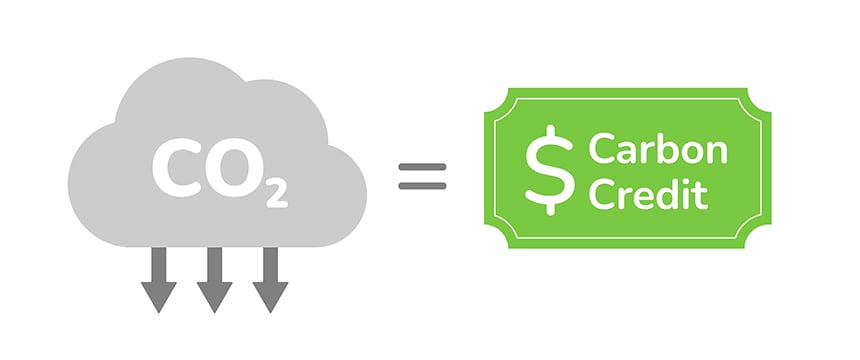AI and Carbon Credits: How the Emergence of AI Tools and Technologies Facilitates the Use of Carbon Credits

A carbon credit is a form of instrument or permit that represents one ton of carbon dioxide removed from the atmosphere. While these carbon credits can be purchased by an individual (think Taylor Swift or Floyd Mayweather, who may want to offset carbon emissions from the use of private jets), they are more commonly purchased by companies to make up for carbon dioxide emissions that come from industrial production, delivery vehicles or travel. Carbon credits thus serve as a tool for companies to meet greenhouse gas reduction targets – both government-mandated and voluntary – without materially impacting existing operations. Proponents argue that this market-driven approach can reduce emissions by incentivizing investments in projects that reduce the amount of carbon dioxide released into the atmosphere. As such, carbon credits as a form of investment have expanded dramatically in recent years – and the latest innovations in AI have only bolstered such growth.
The market has indeed responded favorably. Between 2020 and 2021, the carbon commodities market surged from $270 billion to $851 billion. By 2050, the market is projected to expand to $22 trillion. Importantly, the swelling demand for carbon credits is being met by an increase in supply; by 2030, potential annual supply of carbon credits could match demand therefor.
The emergence of AI tools and technologies has played a major role in increasing the popularity of carbon credits, as they have become much easier to manage and track. They are being used to monitor carbon footprints and their offsets, predict carbon emissions, monitor and manage carbon credits and analyze potential carbon credit investments. Consequently, companies are increasingly able to track the progress of their investments and make sure they are meeting their commitments. By implementing AI tools and technologies into the process, companies who participate in the marketplace can rely more heavily on the accuracy of the data, which should increase the inherent value of carbon credits and therefore investment into greenhouse gas reductions.
As companies aim to reduce their carbon emissions (while potentially capturing cost savings from such reductions), they also face continuing pressures to provide accurate disclosures regarding their progress to carbon neutrality, and carbon credits are becoming an increasingly popular avenue to reach such goals, and an important consideration in potential investments.
Reducing greenhouse gas emissions to net zero by 2050 – as endorsed by the 2015 Paris Agreement – will require considerable efforts both to limit and produce “negative” emissions. Investing in carbon credits, with the support of emerging AI tools and technologies, will not only help to support this transition to a low-carbon future (while also allowing investors to earn a profit on their investments), but it will also help to create a market for reducing carbon emissions, which in turn will help to incentivize businesses to reduce their carbon footprints.


